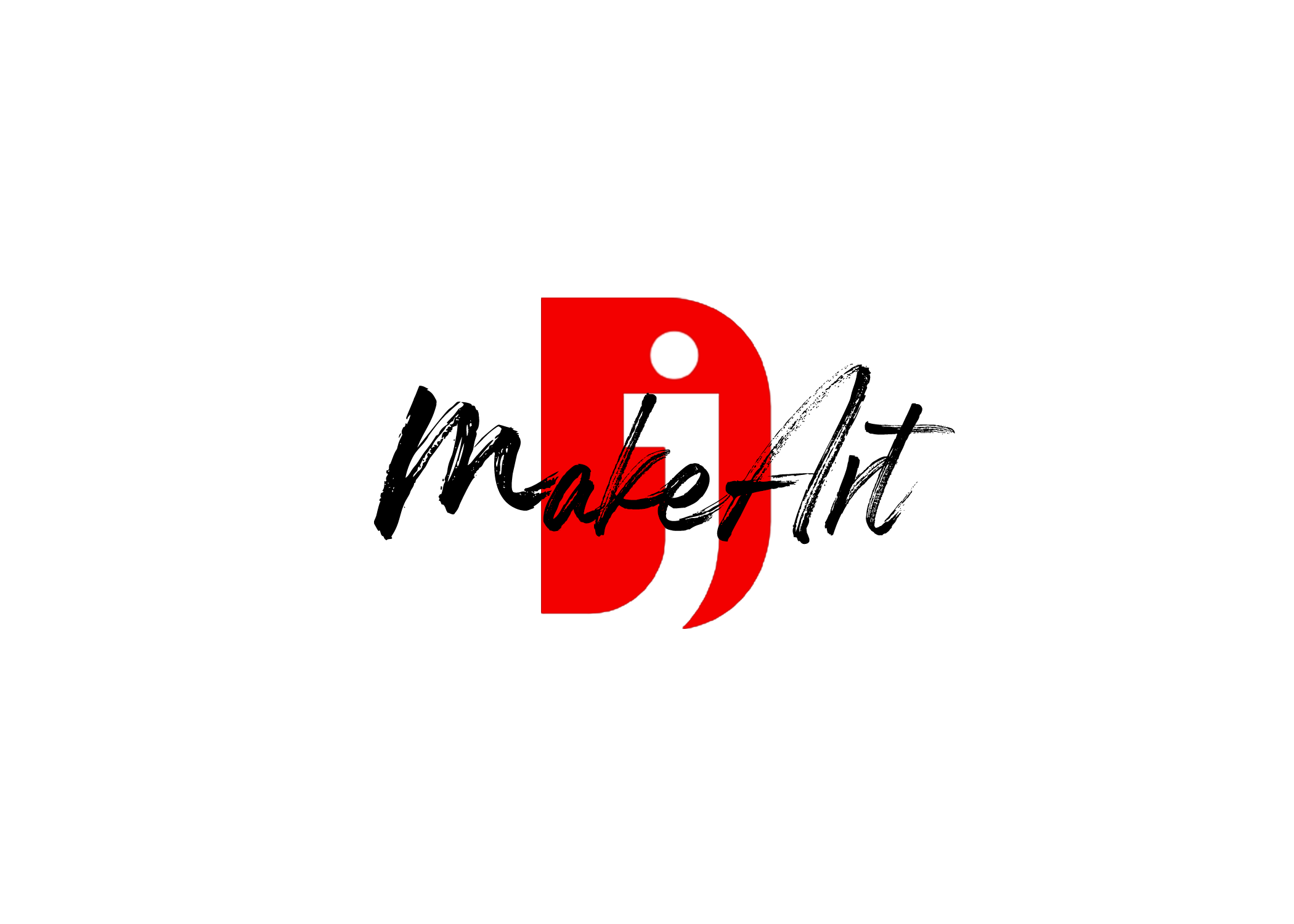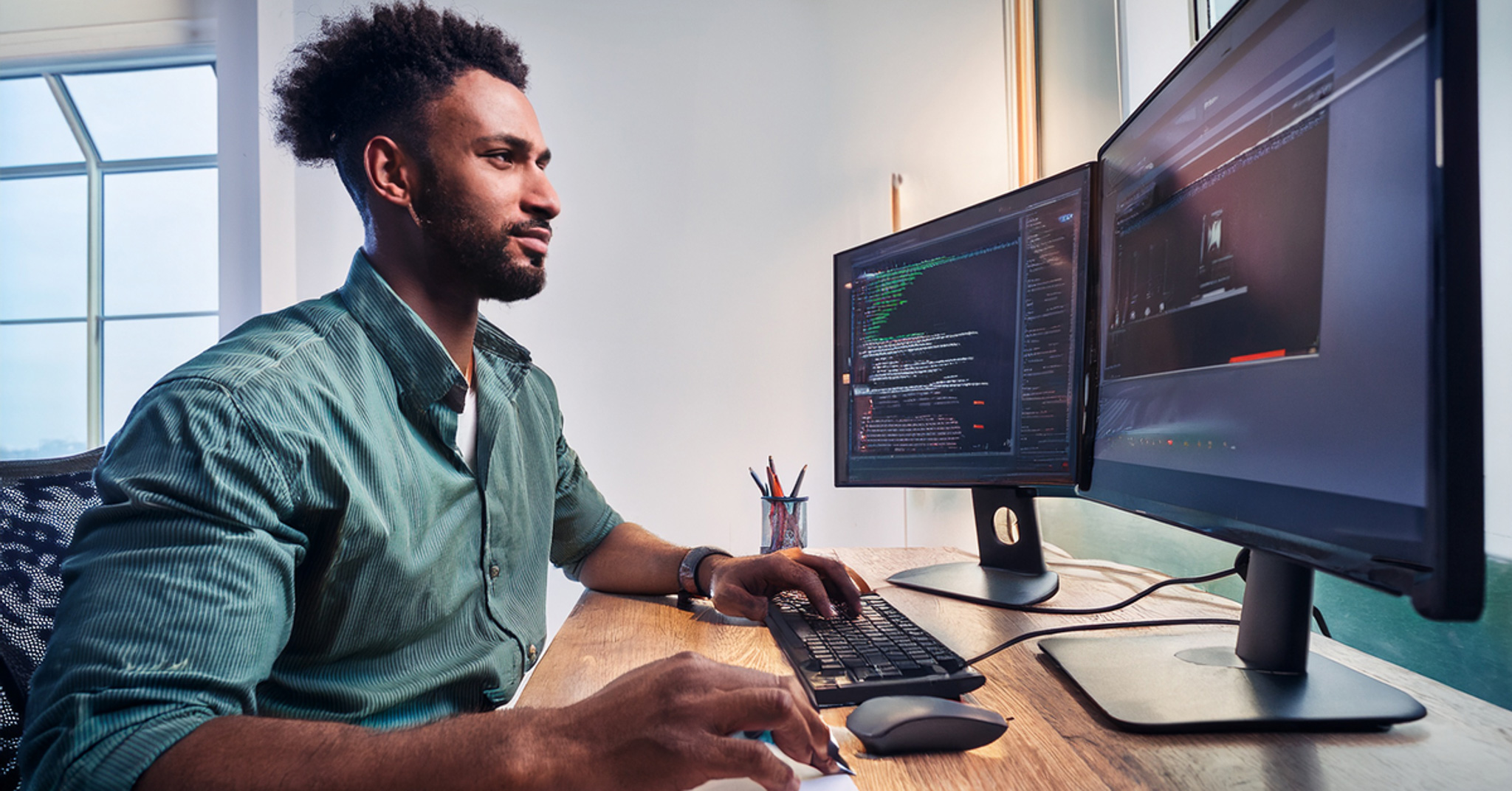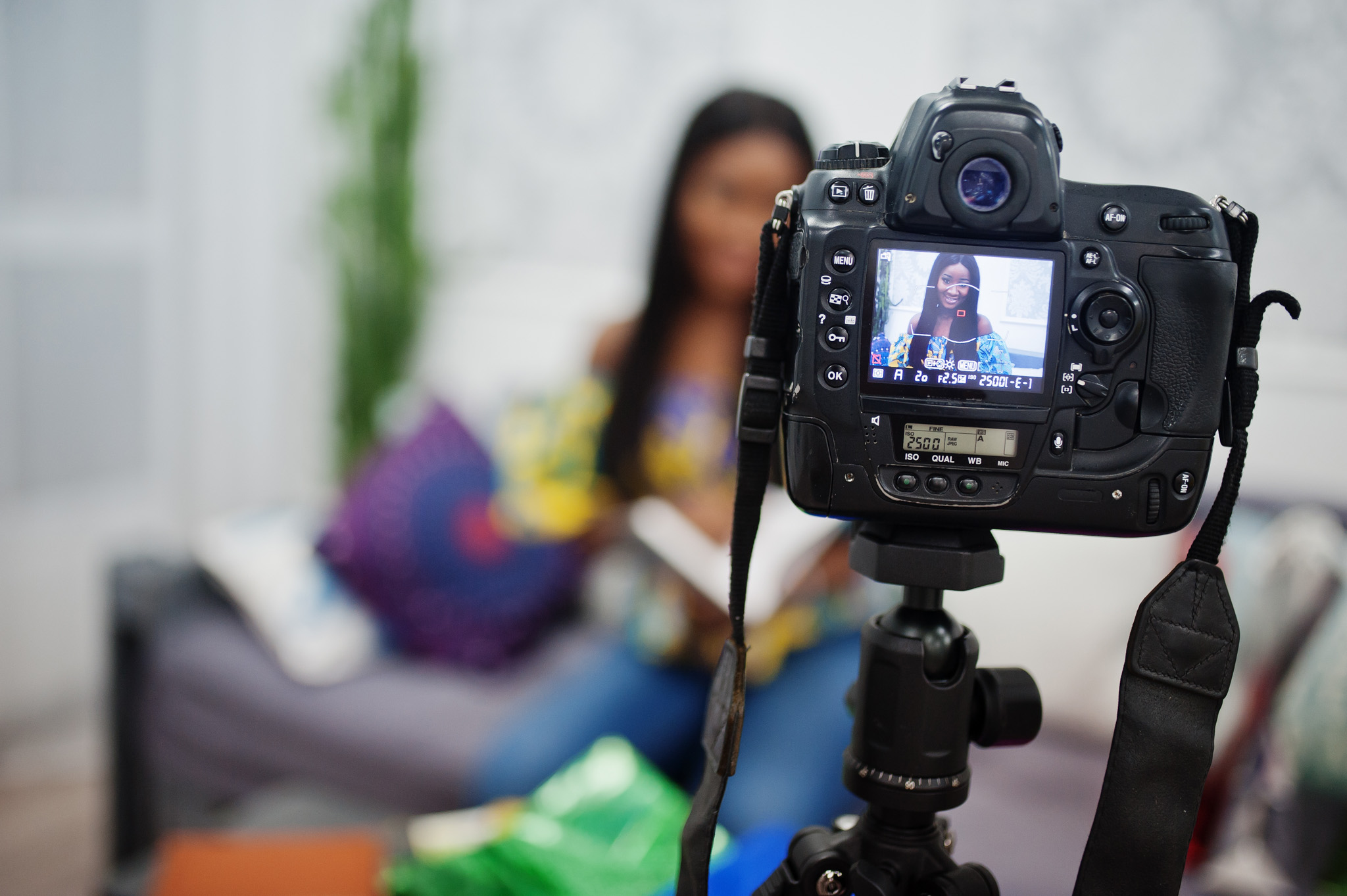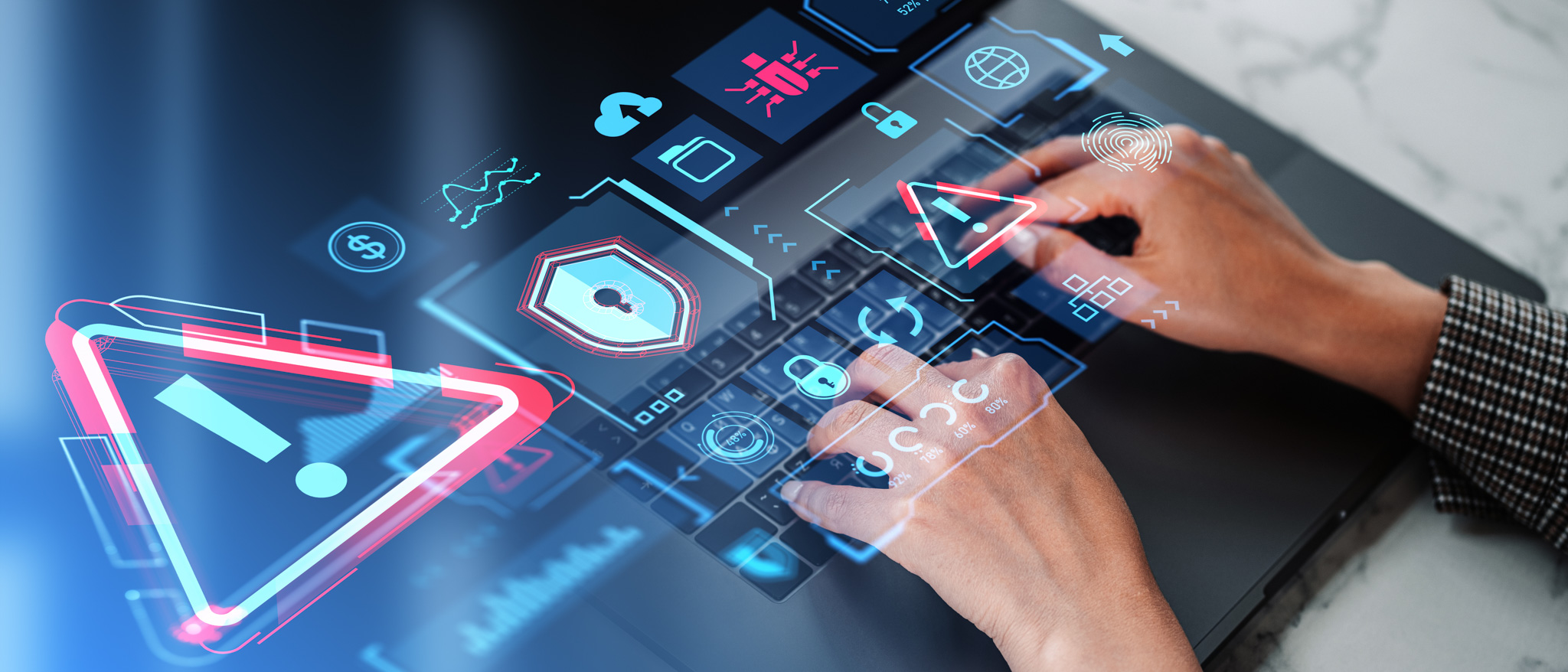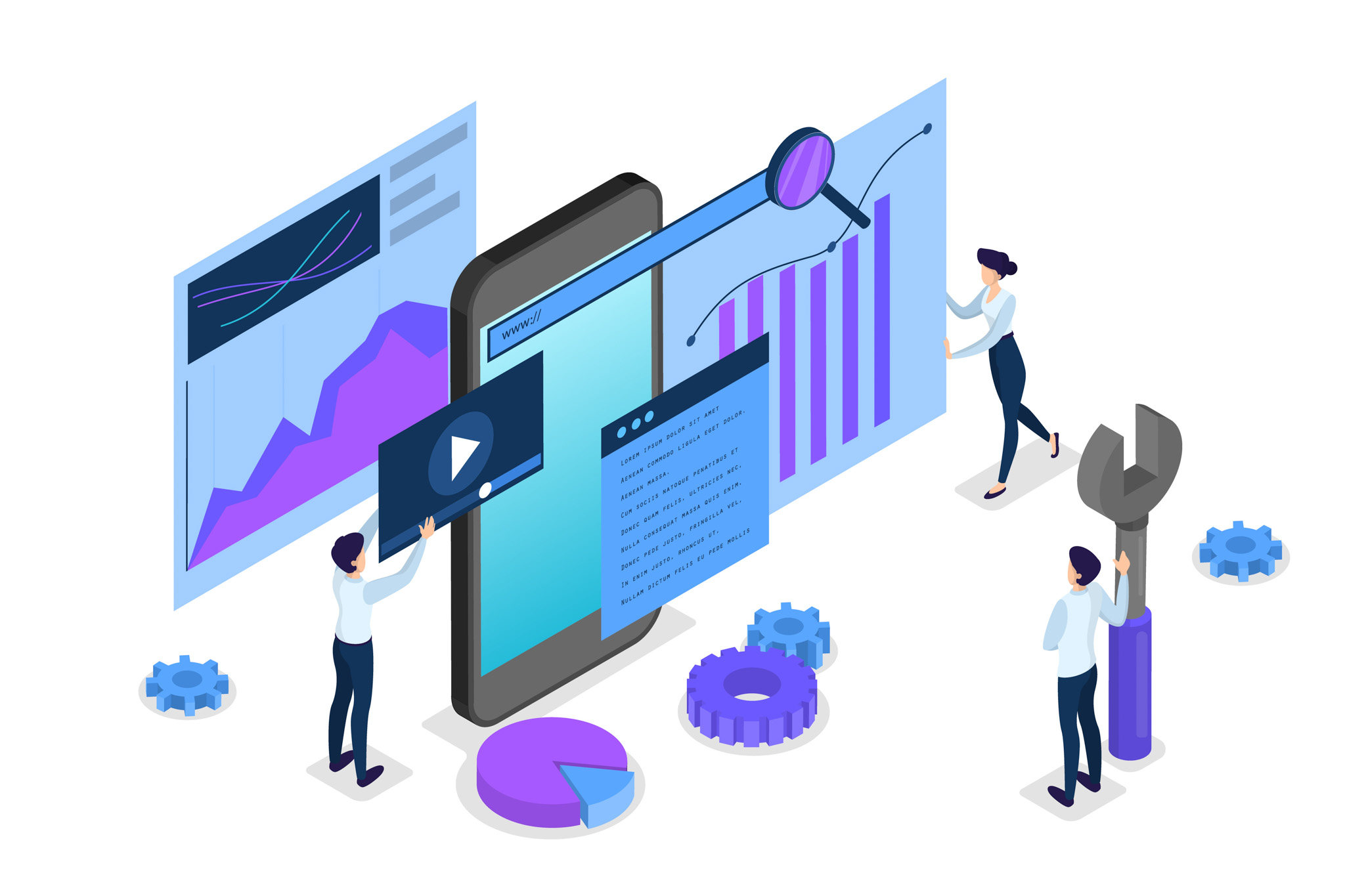For your setup, I’d recommend a mirrorless or DSLR camera due to the following benefits:
- Mirrorless: Lightweight, compact, and modern. Great autofocus and video quality.
- DSLR: Larger sensors for better depth of field, but usually bulkier. Both options can work seamlessly with the ATEM Mini Pro through HDMI.
2. Key Features for Podcasting:
- Clean HDMI Output: This is crucial for using the ATEM Mini Pro, which needs a clean signal from the camera (no on-screen overlays or info). Cameras like the Sony Alpha series (A7 III, A7C) and Canon EOS M50 Mark II are great at delivering clean HDMI.
- 4K or 1080p Resolution: 4K is ideal for future-proofing, but 1080p is perfectly fine for most podcasting applications. Ensure the camera supports HDMI output in the resolution you need.
- Autofocus: Smooth autofocus is essential for podcasts where you’re moving around. Sony and Canon mirrorless cameras like the Sony A7C or Canon EOS R offer fast and reliable autofocus.
3. Additional Camera Considerations:
- Lens Options: Since you’re focused on overlays, transitions, and PiP effects, the flexibility to swap lenses is a huge plus. Go for a wide aperture lens (f/1.4 to f/2.8) for shallow depth of field and blurred backgrounds—ideal for podcasts.
- Low-Light Performance: Look for cameras with full-frame sensors, such as the Sony A7 III or Canon EOS R6, for excellent low-light capabilities. This ensures that even if your lighting setup isn’t perfect, your video quality won’t suffer.
4. Camera Recommendations:
Here are some great options based on your needs:
- Sony A7C (Mirrorless, Full-Frame): 4K video, clean HDMI output, small and lightweight. Excellent autofocus and low-light performance. Ideal for professional-level streaming and recording.
- Canon EOS R (Mirrorless, Full-Frame): Great color science and autofocus, with clean HDMI output. It also offers 4K and solid low-light performance.
- Panasonic Lumix GH5 (Mirrorless): A workhorse for video with fantastic 4K video quality and excellent stabilization, though it’s slightly more niche.
- Canon EOS M50 Mark II (Mirrorless): A budget-friendly option with solid video quality, great autofocus, and clean HDMI for streaming.
5. Integrating with the ATEM Mini Pro:
Once you’ve selected your camera, the ATEM Mini Pro will work as follows:
- Camera Connection: Connect the camera via HDMI to the ATEM Mini Pro. The ATEM will then allow you to switch between multiple camera angles, manage overlays, and control transitions. You’ll need to ensure that your camera has clean HDMI out.
- ATEM Macros and PiP: The ATEM Mini Pro allows you to program macros to streamline your transitions, picture-in-picture effects, and overlays. This is especially helpful for smooth editing when switching from one camera to another or adding graphics during your podcast.
- Audio Input: The ATEM Mini Pro also has audio input, so you can directly feed your microphone into the switcher, which can then be mixed with the video output.
6. Best Lenses for Podcasting:
Consider investing in a good lens to create an engaging setup:
- Sony (for A7 series): 16-35mm f/2.8 (wide angle, great for tight spaces) or 50mm f/1.8 (for a beautiful blurred background).
- Canon (for EOS R series): 24-70mm f/2.8 (standard zoom) or 50mm f/1.8 for a nice shallow depth of field.
- Panasonic (for GH5): 12-35mm f/2.8 (versatile for wide shots and close-ups).
7. Streaming Integration with OBS:
If you’re planning to livestream, use OBS Studio alongside the ATEM Mini Pro to create professional-looking streams. OBS will allow you to:
- Add Overlays: Customize graphics and animations.
- Transitions: Use smooth transitions between camera feeds or add cool effects like PiP (Picture-in-Picture).
- Audio Management: Manage multiple microphones, audio mixing, and syncing with your cameras.
Thank you for reading! Please stay connected with me on all my social media platforms. @djmakeart
For more updates, tips, and inspiration. Don’t forget to explore my website djmakeart.com for exclusive content and projects. Let’s create and grow together—see you there!
Contact us through www.djmakeart.com/contact-us/
🛠 Step-by-Step: How to Create a Vertical Video Template
Why Yoast seo setting doesnt appear
Why Yoast SEO may be malfunctioning on your website
Why is SEO Yoast option is not working ?
Which camera is better, Canon or Sony?
Where to Buy the Best Used Camera Gear in 2025: Trusted Sites & Smart Tips
Where can I find free VFX content for editing?
Where can I find free VFX content for editing?
When Can You Start Making Money on Instagram? (2025 Creator Guide)
Welcome to the DJMakeArt website
